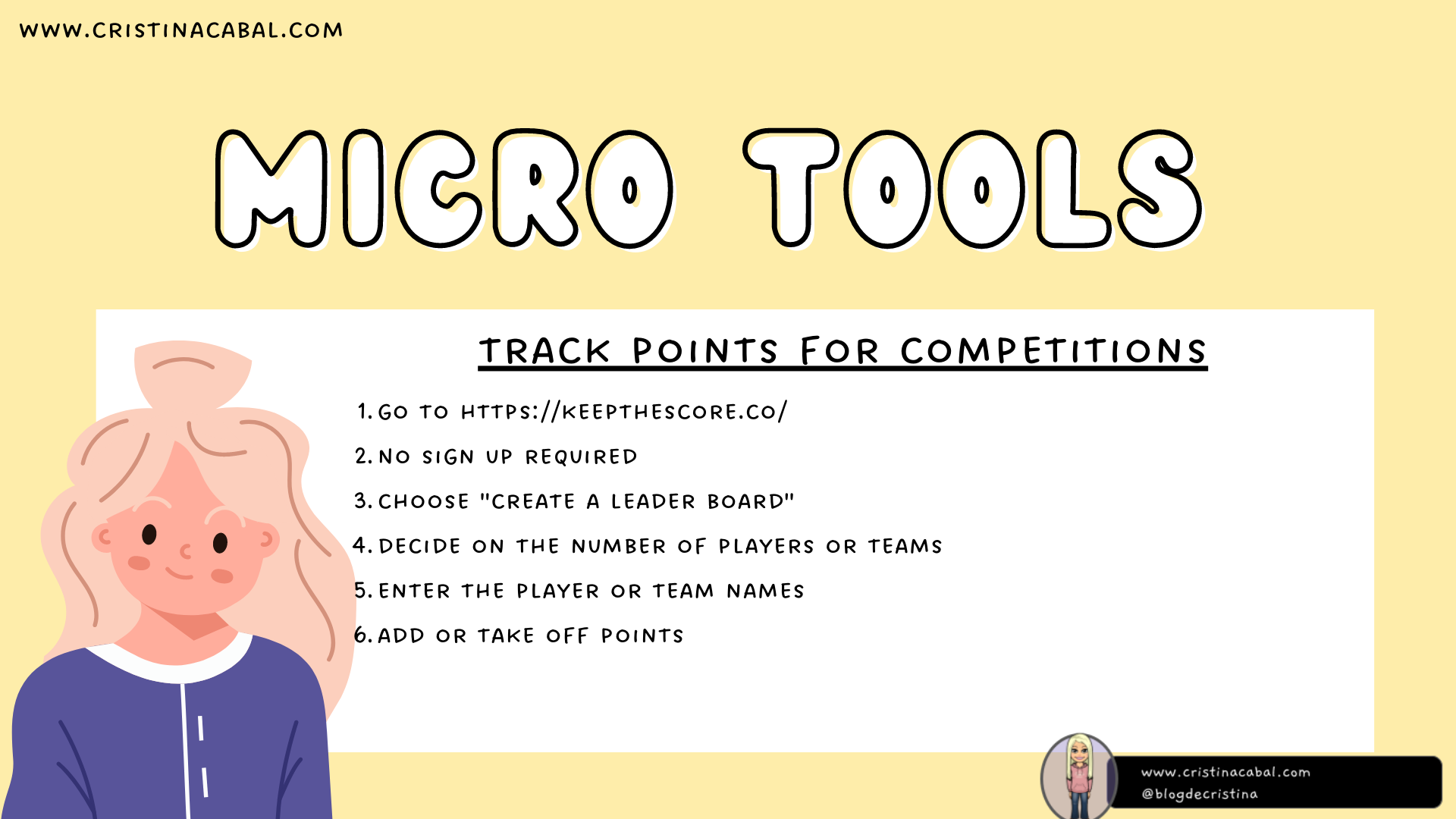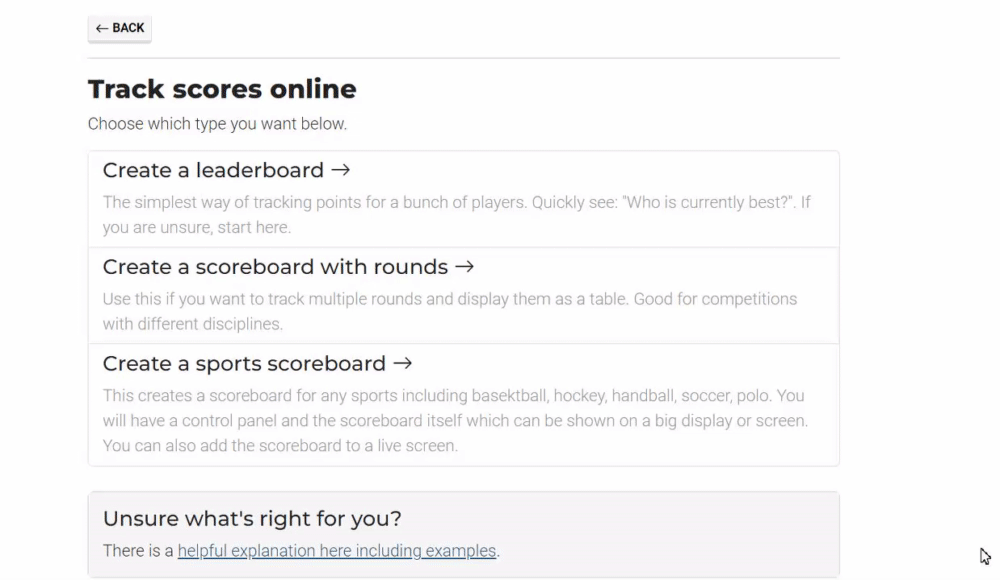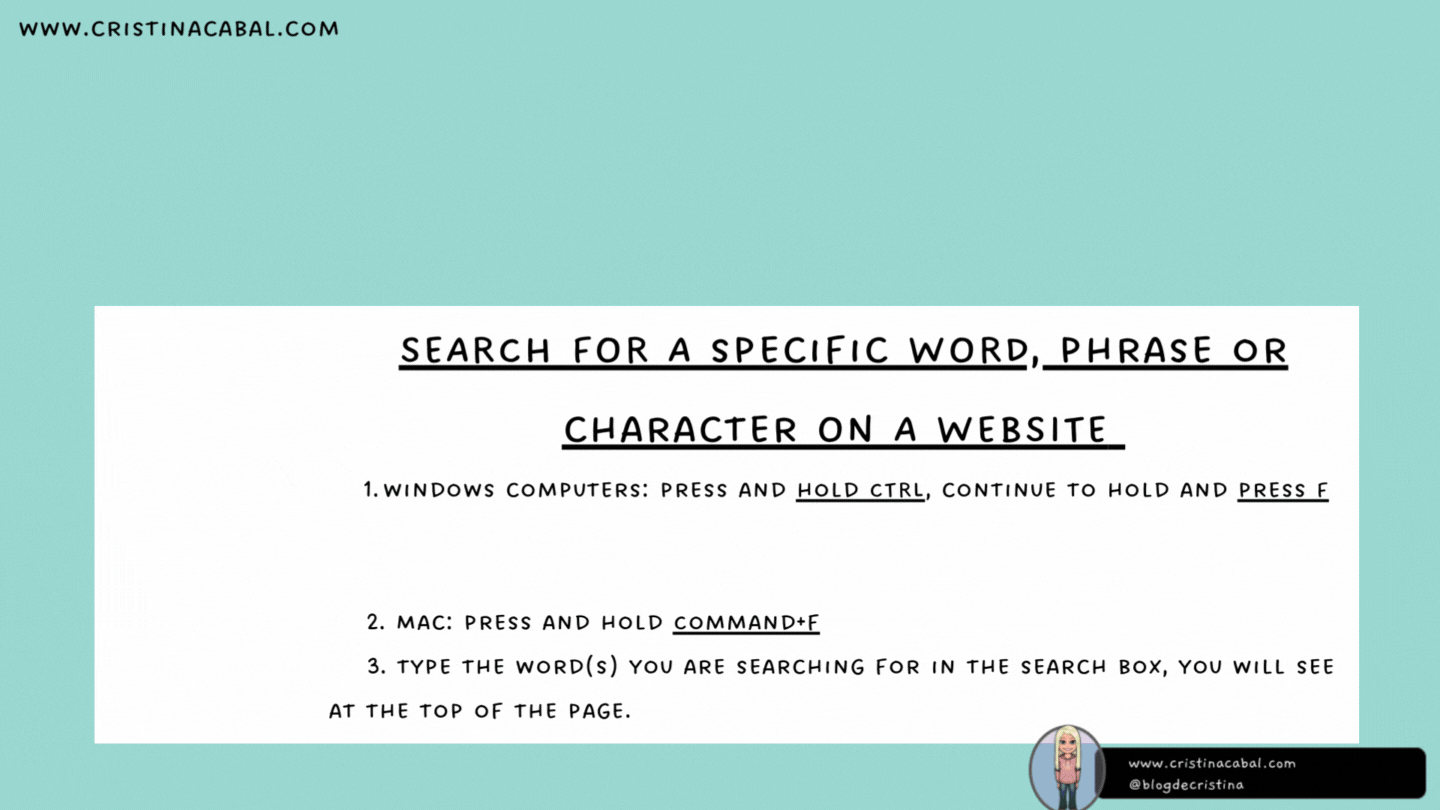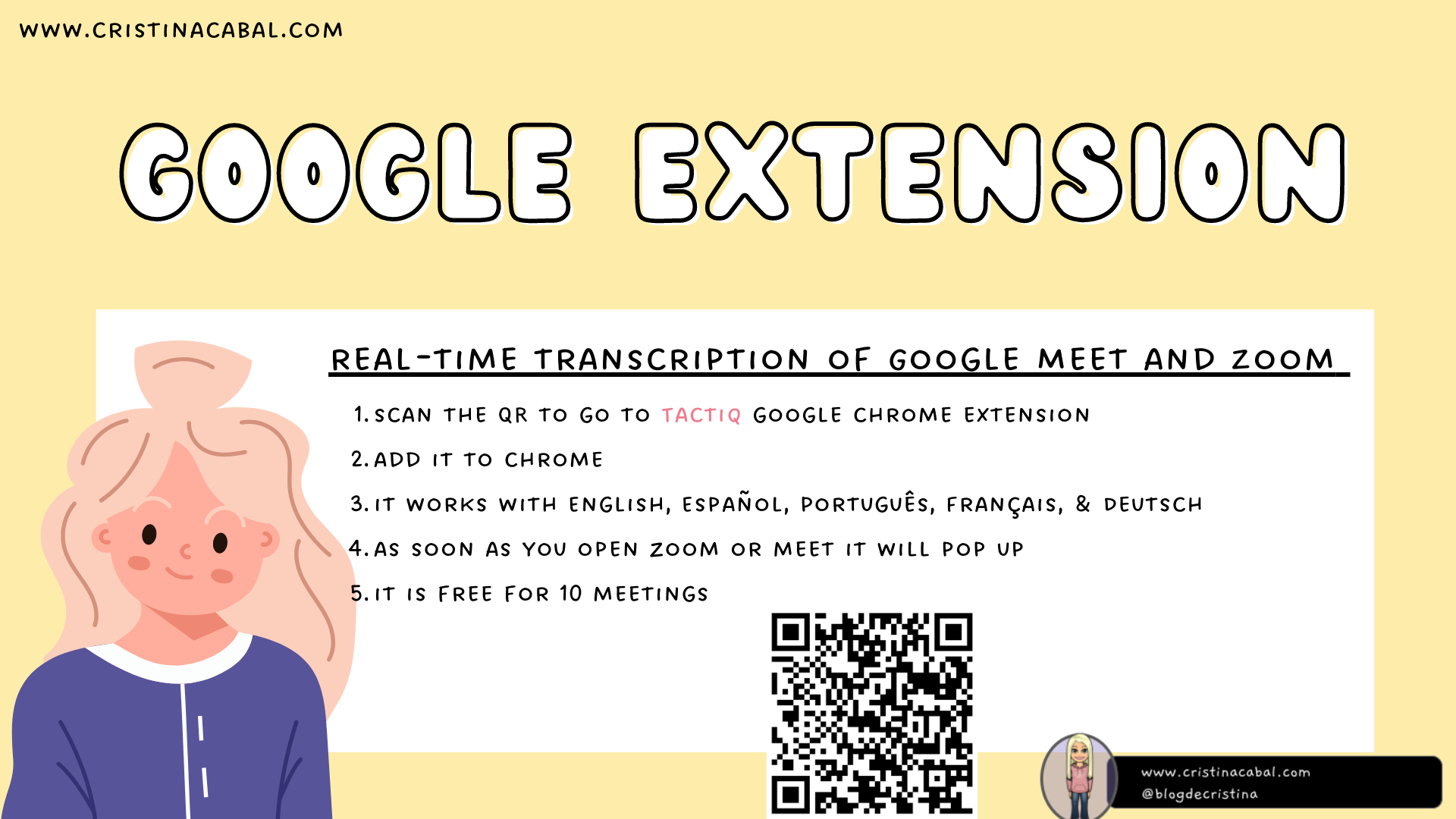Are you looking for a simple online scoreboard to use when playing games in class?
Here you have one:
- Online
- Free
- No sign-up required
- Alternatively, instead of adding students’ names, you can add Team names.


Are you looking for a simple online scoreboard to use when playing games in class?
Here you have one:


Sadly, the cool games on this website, https://toytheater.com/, are mostly designed for use in primary education. However, there is one awesome game on this website, the Interactive Clock,,that is excellent for teaching how to tell the time. Additionally, it contains a good Classroom Timer that can be useful. Try it out!

On a website, how often do we have to look for specific information? Isn’t it annoying to have to search for a specific word in a PDF? How many times have you painfully scrolled up and down a 100-page document looking for your name, surname, or school to be admitted to a course or project?
Here’s how to easily do it.


